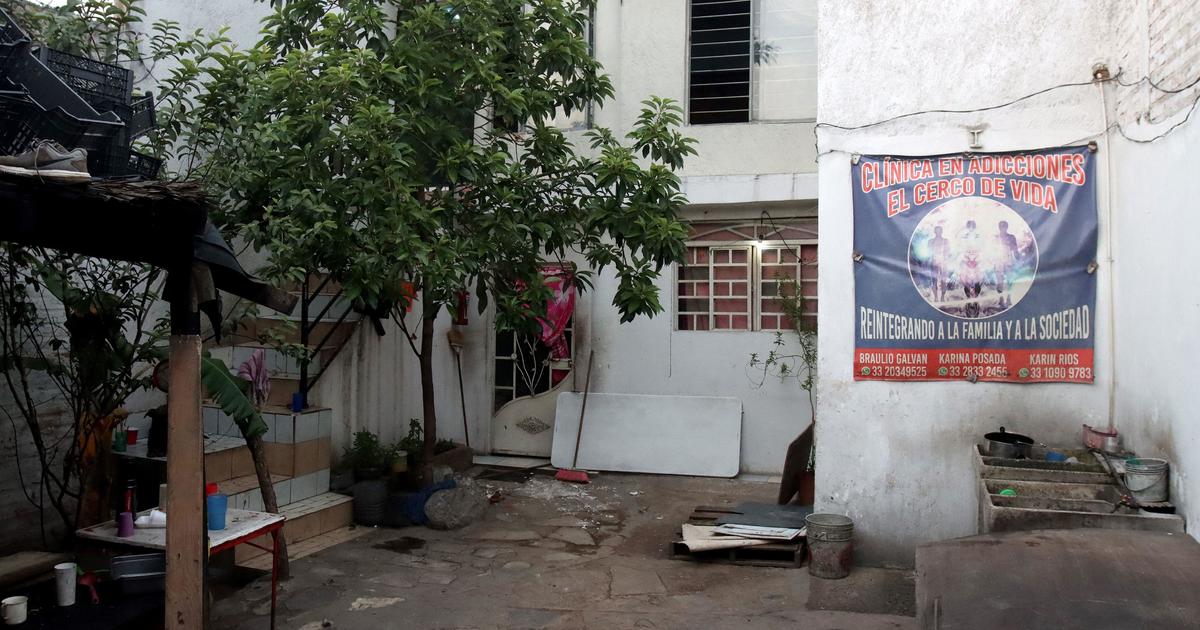[ad_1]
We fell in love with the Gulf of California at first sight — the sea in northern Mexico that, in 1539 a Spanish explorer named Francisco de Ulloa baptized in honor of his boss, the conquistador Hernán Cortés.
Ours is a deep, unconditional love born on both sides of the Mexico-United States border, one that has been nourished during the five decades we have roamed through the intertidal, coastal and offshore realms of this mighty sea, a sea that renowned French explorer Jacques Cousteau long ago called, “the world’s aquarium.”
It is a love grounded on what we know about the Gulf of California (also called the Sea of Cortés), but also on what we still do not know, and sadly may never know. Our quest for knowledge about this sea has been an unforgettable journey in which we have joined scores of students and friends, fishermen, professors and scientists, conservationists, politicians and business people from Mexico and the United States.
Together, we have witnessed the damaging impacts of human excess and the pervasive effects it has had on this sea’s rich, unique natural resources — and on the well-being of its local coastal communities. Overfishing, illegal fishing, nonsustainable tourism, coastal urban and agricultural development, aquaculture, corruption, organized crime, pollution, climate change and the government’s neglect all imperil this sea.
Because of these menaces, UNESCO included the Gulf of California in its List of World Heritage in Danger in 2009.
The most pervasive threat to this beloved sea has been, and continues to be, harmful fishing practices, particularly the widespread use of gillnets and bottom trawls — two of the most destructive fishing methods ever developed on the planet.

These two non-selective fishing tools have for many years decimated marine wildlife populations and now threaten many species with extinction, in the Gulf and throughout the world. The most conspicuous victims may be the vaquita porpoise, the totoaba (a fish in the croaker family), and several species of sea turtles. But the profound destruction to seabed communities, mostly smaller animals, is still barely understood.
Overfishing has also repeatedly collapsed the sardine industry — in 1992, 1998, 2004 and 2013 — once one of the most important in Mexico and one dependent upon a fish that is crucial in the food chain for many ocean species, as well as an important source of local employment.
Now another insidious menace looms over the Gulf of California, which, if it materializes, will add even more pressure to the unique and fragile ecosystems already under siege — particularly in the northern Gulf of California.
The odd difference this time is that this clear and present danger is being championed by the governor of Arizona, a state which was once part of Mexico but that the U.S. seized after the conflicts of 1836 and the 1846–1848 American intervention — along with California, New Mexico, Nevada, Utah, Colorado, and Texas. It makes up a total of two million square kilometers.
Governor Doug Ducey and Arizona legislators want to create another environmental and financial mess by building multiple desalination plants on some of the most pristine coastlines left in Sonora, from Puerto Libertad and Desemboque to Puerto Peñasco in the northeastern Gulf of California. They want to remove the salt from seawater to deal with Arizona’s ever-growing demand for fresh water, an idea that could have unknown but probably huge negative impacts on the resources and environmental services upon which tens of thousands of Mexicans in this region rely.
The idea is to produce up to 200,000 acre-feet per year of desalinated water from multiple plants along the coast of Sonora. The water would be delivered to farmers in Baja California by pipeline and canal.

That delivery would offset some of the U.S. legal requirement to allow 1.5 million acre-feet of Colorado River water to flow to Mexico annually, thus freeing up an annual 200,000 acre-feet of river water for use in Arizona.
Arizona’s Central Arizona Project (CAP) has estimated construction costs at between $4.5 and $4.9 billion, and annual operation costs at $293 million and $319 million. Staggering figures by any measure, and in this case, in order to recover just 13% of Mexico’s annual river allotment.
There is something fundamentally wrong with this picture.
Desalination removes salts from water and produces toxic brine that can damage coastal and marine ecosystems. It can disrupt seagrass ecosystems, reefs and soft-sediment communities.
In most desalination processes, every liter of potable water produced leaves about 1.5 liters of brine polluted with chlorine and copper — which not only can be toxic but also increase seawater temperature, salinity and turbidity, all of which might injure sea life and force fish to migrate.
The intake pipes for such systems suck in thousands of marine creatures during every day of their operation, impacting aquatic biodiversity and killing huge amounts of plankton, fish eggs and larvae and a myriad of other organisms that are key to the marine food chain sustaining life on the oceans. Gov. Ducey’s planned sites are all situated along a well-documented migration route for larval and juvenile coastal fishes, many of which are important commercial species.

Also important to consider is the environmental impact of the needed infrastructure for such a project, such as getting highways and massive electrical delivery to the remote sites.
Desalination by reverse osmosis (the planned technology) is one of the most expensive and energy-demanding processes known, and that’s without mentioning the carbon released into the atmosphere from the generation of all that energy.
In fact, it’s likely that new fossil fuel power plants would also need to be built to supply the enormous energy needs of these desalination facilities.
The negative impacts of desalination plants have been documented in other parts of the world, particularly in the Mediterranean Sea, a semi-enclosed sea in many ways similar to the Gulf of California.
We don’t know about you, but we are not welcoming Governor Ducey’s plans to desalinate the Gulf. There are just too many unknowns about his plans, particularly how he would avoid further damage to a sea that is already under heavy pressure from other human activities.
We believe there are far less expensive and less environmentally threatening ways to capture 200,000 acre-feet of water annually in Arizona. These include banning grass lawns in this desert environment, requiring golf courses to use only recycled (but treated/gray) sewage water, more efficient capture of rainwater to recharge water tables, shifting away from water-intensive crops like cotton and alfalfa in Arizona and a dozen other simple, proven practices.

May we ask, Governor Ducey: why don’t you follow this more sensible, sustainable path — one that will not cost billions of Arizona taxpayer dollars, and one that would do no further harm to the “world’s aquarium.”
Richard C. Brusca is a research scientist at the University of Arizona, former executive director of the Arizona-Sonora Desert Museum, and author of over 200 research articles and 20 books.
Omar Vidal, a scientist, was a university professor in Mexico, is a former senior officer at the UN Environment Program and former director-general of the World Wildlife Fund-Mexico.
[ad_2]
Source link











